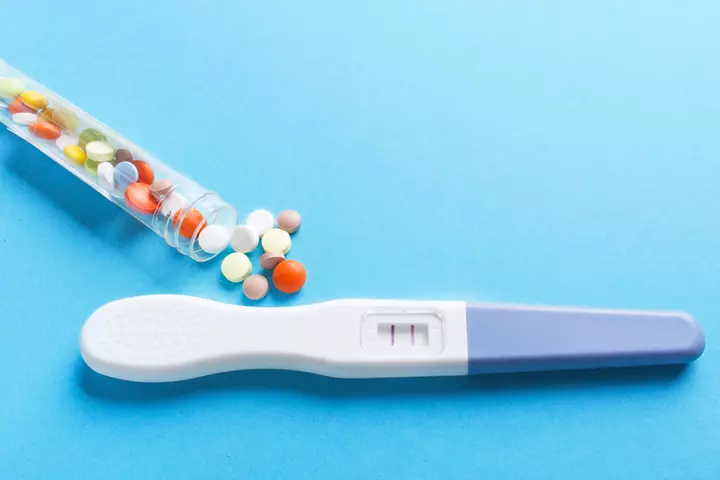
Image: Shutterstock
If you are an expectant mother, the term ‘high-risk pregnancy’ can scare you to no end. It definitely sounds threatening, but be assured, it is not something that can’t be dealt with.
So, what does a high-risk pregnancy actually imply? According to medical experts, high-risk pregnanciesinvolve a higher probability of health issues for you and your baby during the pregnancy, or thereafter (1). It is also meant to caution, to ensure that you get all the required monitoring as well as medical attention needed, while you are preparing for birth.
It makes you more aware of your body and things that you need to take care of, in order to minimise the ‘risk’. This way you can manage to avoid any complications and also help and support other mums who might have the same condition as you.
What Causes A ‘High-Risk’ Pregnancy?
There are many factors associated with pregnancies that may be termed as ‘high-risk’ and some of them are:
1. Previous Complications
If you faced any complications in your previous delivery like a pre-term baby, miscarriage, preeclampsia, bleeding, or other labour complications, you could have an increased chance of risks associated with this delivery as well.
2. Medical Issues
Medical history of the mum is the most prevalent cause of a high-risk pregnancy. If you have been suffering from conditions like high blood pressure, diabetes, problems related to the heart or kidney, thyroid problems, or infections like HIV, syphilis, hepatitis C, etc. it can put you in the high-risk group. You may need continuous monitoring to ensure that your conditions are under control or treated to carry out the gestation smoothly.
3. Fertility Treatments
Fertility treatments do show results, but not without side-effects like miscarriages, pre-mature births, multiple babies, etc. Such deliveries that are induced by fertility treatments are often negatively affected by health problems and may have long-term implications (2).
4. Genetics
If you have a genetic history of medical conditions like heart issues, thyroid issues or thalassemia, it can affect your pregnancy and put you into the high-risk category.
5. Lifestyle Issues
Lifestyle habits like smoking, drinking or doing drugs can impact your health and cause havoc to your pregnancy. It is not only bad for your reproductive health, but can also lead to serious problems in the physical and mental development of the foetus (3).
Apart from the factors mentioned above, there are other determinants like maternal age (above 35), cancer, ongoing medications, etc. that increase the chances of complications during birth.
How To Deal With High-Risk Pregnancies?
High-risk pregnancies are not uncommon and, therefore, you need not worry. A strong, connected system of doctors and medical staff can assist you to address the ‘high-risk’ conditions and make your birthing process as smooth as possible. Some of the things that will help you avoid complications are:
- Undergoing a genetic screening and a general body test before you decide to conceive. It will help you find whether there are chances of any anomalies.
- Being under the observation of skilled specialists like the perinatologists, who are trained for high-risk pregnancies (4).
- Going for regular check-ups to ensure that your condition remains under control and you don’t develop any new complications.
- Avoiding high-risk behaviours like smoking and drinking.
- Taking the required multivitamins and supplements to keep you and your baby healthy.
- Having a balanced, nutritious diet.
- Keeping a distance from people who may have the flu or other infections.
These were some important points and suggestions regarding a high-risk gestation. In case you are diagnosed with a ‘high-risk’ situation, the above suggestions will direct you to make informed choices and have a healthy term for you and your baby.

















